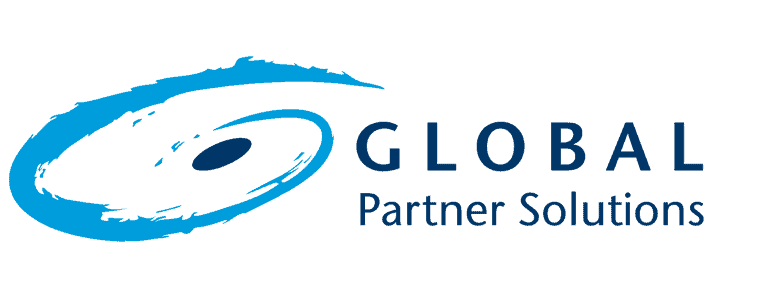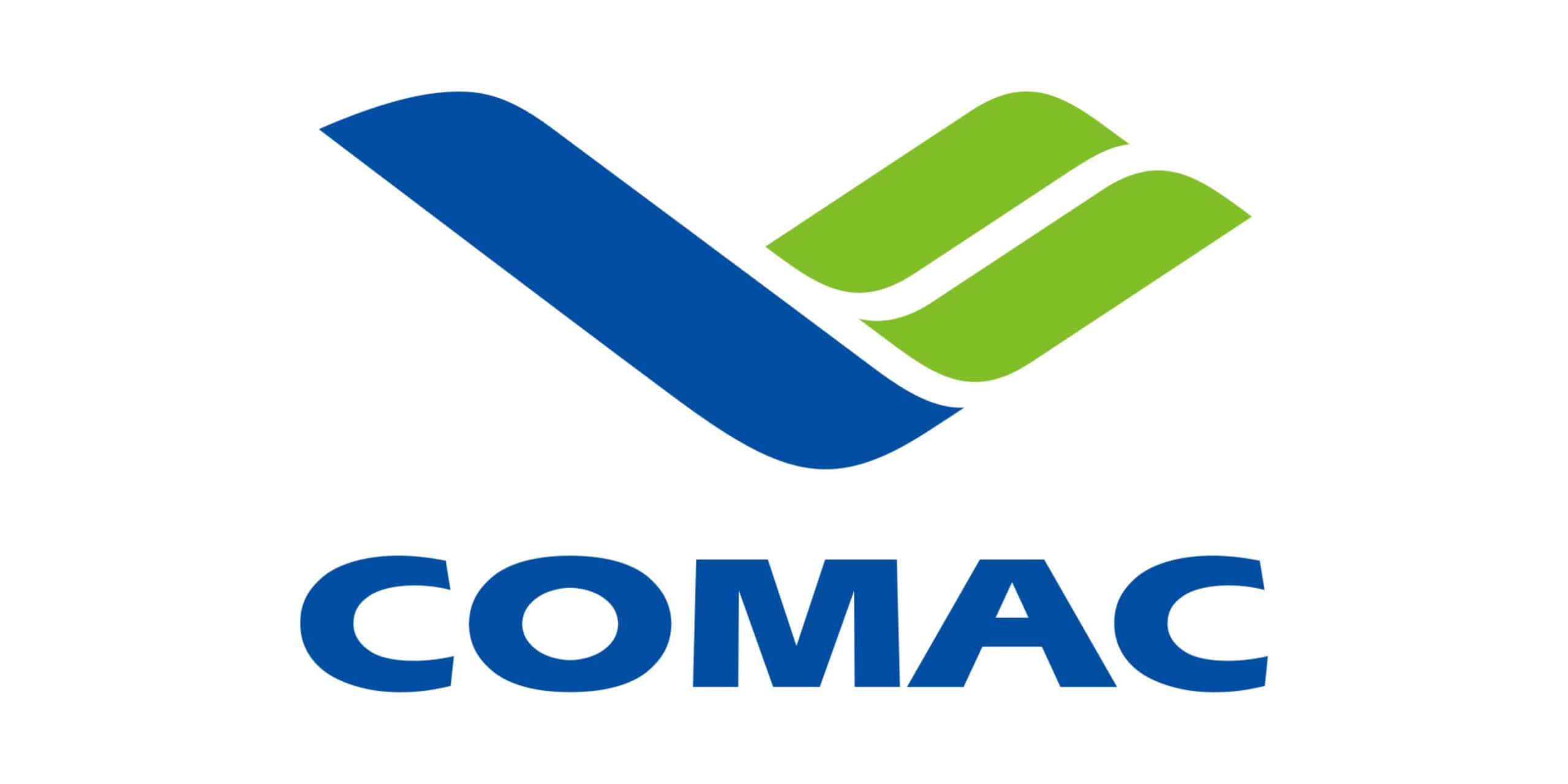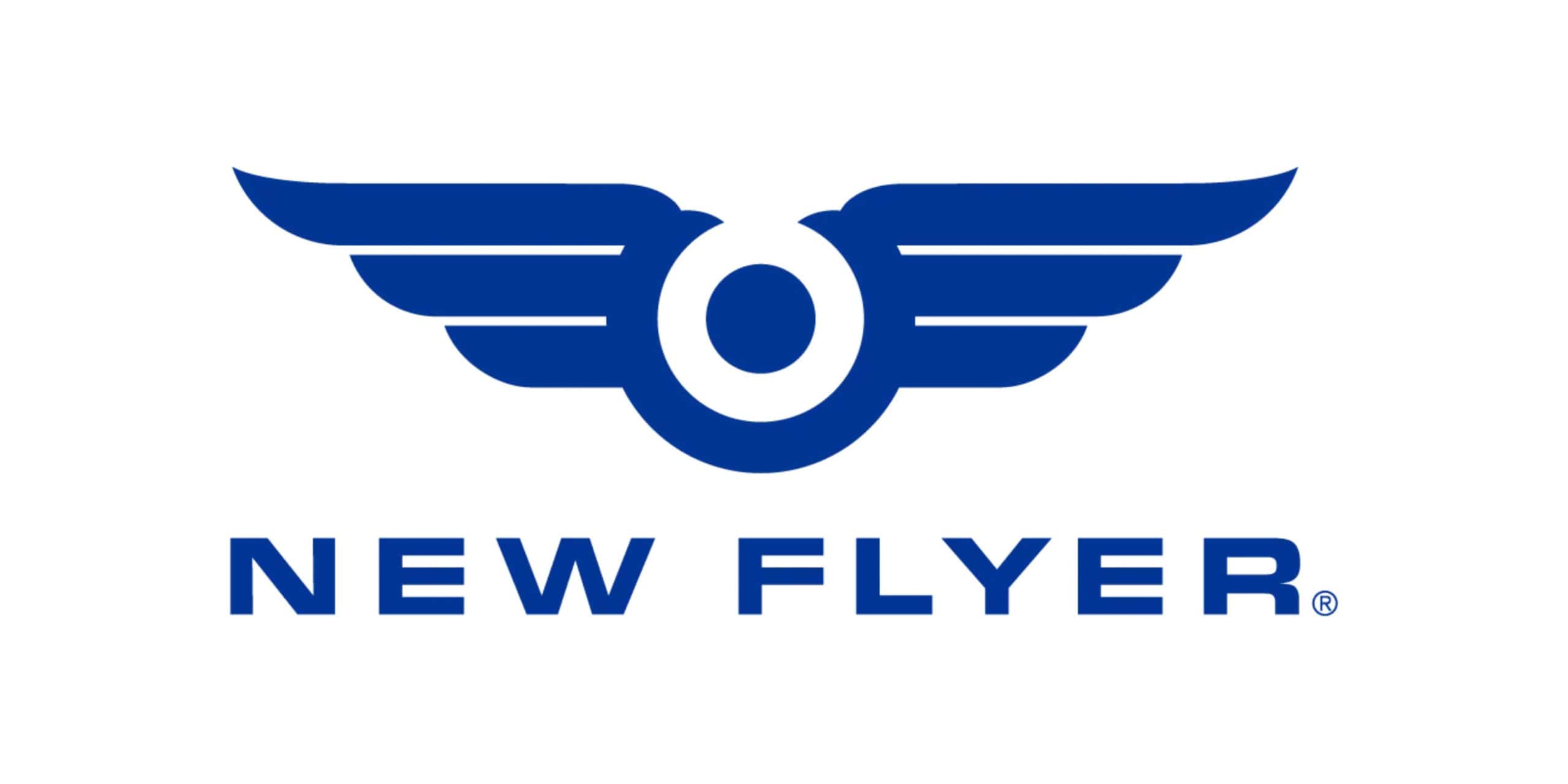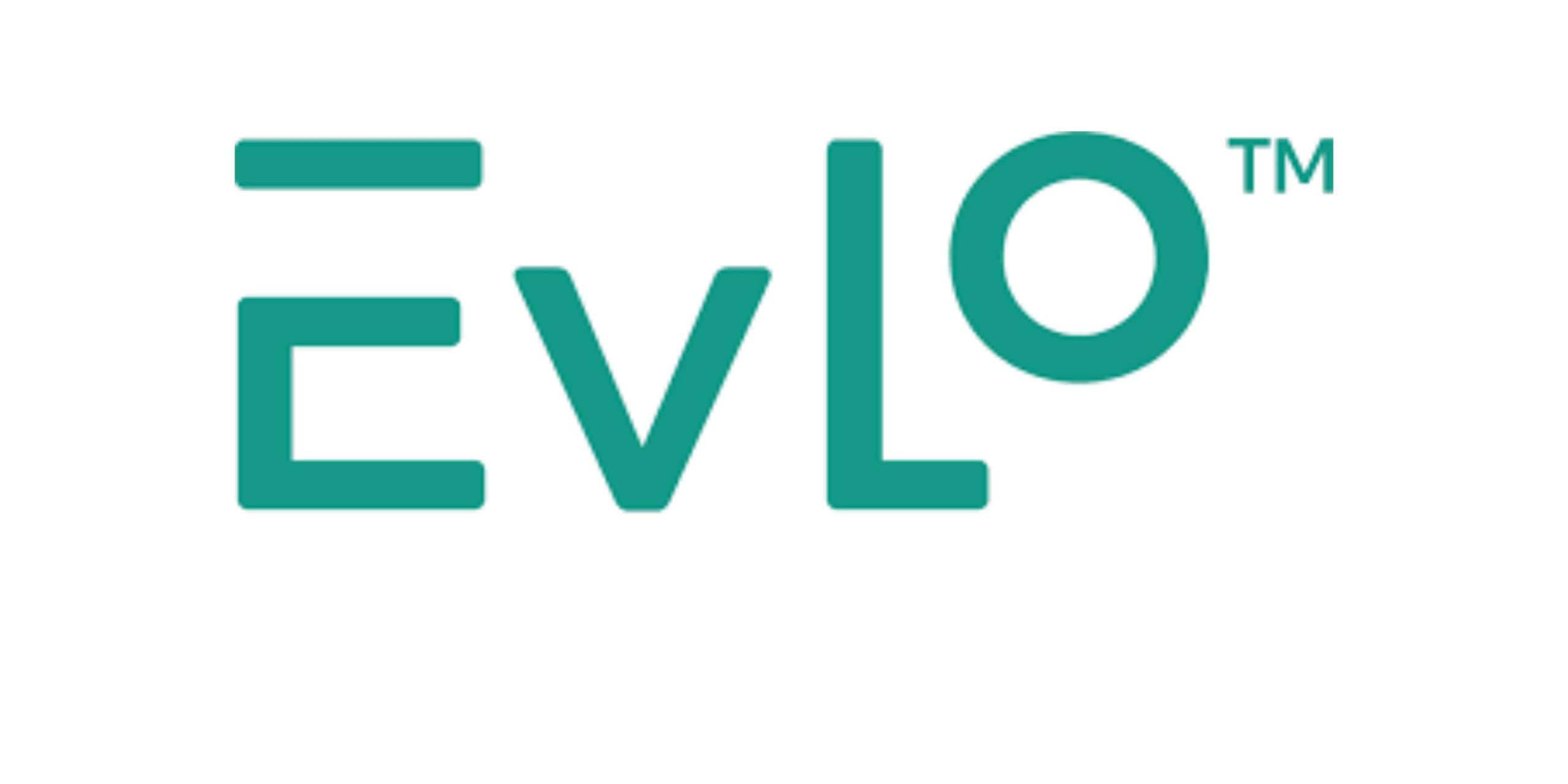Supplier Surveillance & Delivery Assurance
There are numerous suppliers involved in the complex supply chain ecosystem. The complicated supply chain system prevents companies from scheduling their projects because they face various challenges, such as delayed products, materials, and equipment delivery, preventing businesses from completing their projects on time and budget.
Therefore, effective supplier surveillance, delivery assurance, and performance monitoring are essential for getting valuable information about your project and making informed decisions without risks.
Supplier surveillance is an integral component of the overall supply chain ecosystem or management. It establishes, develops, and maintains effective relationships between businesses and suppliers. In addition, this strategy can help you evaluate past performance results, bring transparency, and ensure product quality performance.
Although supplier surveillance vary from business to business, it focuses on providing you with up-to-date, relevant, and valuable information about your relationship with each supplier and the delivered results. Besides, this strategy focused on evaluating product quality and delivered services, costs, deadlines, and pricing policies.
The purpose is to streamline logistics and material handling processes. Using these matrices can optimize subjective assessments, such as ease of communication, degree of innovation, commitment, etc., and improve your company’s overall performance, productivity, and profitability.
Vendor Surveillance and Quality Assurance
Vendor surveillance and quality assurance are essential components of vendor management strategy. Most businesses often overlook this strategy, leading to vulnerabilities, risks, and threats. Therefore, once you have selected a vendor and signed the contract, maintaining visibility over their relationship becomes essential.
For instance, this includes surveillance of the third-party’s controls to prevent risks and meet service level agreements. Bear in mind that risk mitigation is a core responsibility of vendor surveillance. GPSI recommends considering the following:
- Litigation
- Data breaches
- Ineffective security controls
- Changes in leadership
- Inefficient disaster recovery strategies
- A lack of finances and economic management
Besides risk mitigation, vendor surveillance and quality assurance involve due diligence, meaning you have to collect and assess the necessary vendor documents, such as:
- Financial documents
- Disaster recovery plans
- Business continuity strategies
- Risk assessment plans
- Complaints and reports
Continuous Supply Chain Assurance
Supply chains are usually complex, massive, and challenging for businesses to manage. Large corporations and enterprises have hundreds of thousands of suppliers, and each of these has its own suppliers. Therefore, supplier vulnerabilities are a common cause of risks, threats, and compromise, causing issues like:
- Disrupted operations and failed supply chain
- The leak of confidential and sensitive data
- Compromise integrity and practicality of critical systems
Therefore, GPSI recommends the “continuous” supply chain assurance strategies to monitor supplier operations and security, leading to accurate information risk management and leveraging up-to-date data and evidence on suppliers’ security.
In addition, when you focus on a supply chain assurance strategy, it will provide you and your supplier with informative guidance. The purpose is to ensure optimal and secure process management and follow stringent regulations. However, this requires careful planning, preparation, and analysis. GPSI’s experts recommend:
Identify Threats: Evaluate the potential risks and develop a tiered system to address the most significant threats. Remember, you have finite resources, meaning you must focus on prioritization. Implement usability and efficiency to balance security.
Probe for Vulnerabilities: You can probe supplier vulnerabilities via regular meetings, penetration tests, and assurance reports to continuously monitor and track your suppliers. We recommend patching into the supplier’s systems to monitor real-time data and progress. In addition, integrate valuable data and processes into your business infrastructure.
Supplier Quality Assurance Planning
Supplier quality assurance planning is an essential process that helps businesses provide premium-quality goods or services to improve customer satisfaction. According to GPSI’s experts, this is a collaborative process to meet:
- The agreed-upon requirements
- Ensure minimum inspection and modification
Developing a supplier quality assurance plan helps you streamline the entire process. The first step is determining the type of business activities you want to outsource to suppliers. Develop a clear picture of core and non-core competencies within your organization, collect real-time data, and make critical decisions.
Your organization must have a clear plan and agenda for seeing the core competencies in the future. When you know about them, you can strengthen the core activities and outsource the non-core tasks. GPSI recommends considering the following elements/factors when creating a supplier quality assurance plan.
- Define the quality requirements for your product
- Identify and evaluate reputable suppliers
- Select suppliers that best fit your needs
- Create quality planning and conduct joint assessments
- Promote healthy relationships, cooperation, and collaboration
- Verify all requirements, rules, and regulations with compliance
- Validate selected and qualified suppliers
- Prepare and conduct follow-up management and improvement plans
Monitoring Supplier Quality
According to GPSI’s experienced professionals, supplier quality monitoring is integral to identifying vulnerabilities and risks. It allows you to manage, monitor, and respond to changes in supplier quality.
Therefore, to assess supplier performance, businesses must consider essential factors, such as product quality, compliance, and cost. When you have a solid system in place, you can streamline the process of compliance and quality monitoring at every stage.
Manage Supplier Relationships
Suppliers’ quality primarily relies on effective relationships. Building effective relationships and communication channels will help you understand your suppliers and let them know your plan, leading to collaboration and mutual trust.
Supplier relationship management aims to work together toward mutually beneficial objectives, identify issues, resolve problems promptly, and focus on continuous improvement.
Use the Right Metrics
Developing a supplier relationship management strategy requires businesses to use the right metrics to measure critical processes and monitor progress. According to GPSI, companies can improve supplier relationship management strategy via:
- Regular and effective communication
- Establish roles and responsibilities
- Understand and implement contractual obligations
- Focus on ethics and honesty at all times
- Review deliverables, quality, and performance
- Monitor and mitigate risks
- Focus on the cost of quality
- Ensure equipment effectiveness
- Implement products in compliance percentage
- Ensure on-time shipments
Conduct Supplier Audits
In addition to using the above metrics, businesses must focus on a reliable supplier audit to evaluate the supplier’s systems, workplace environment, and ability to meet your specific requirements. Generally, the supplier’s factory conducts these audits to ensure:
- Accurate supplier selection process
- Manage business relationships
- Enhance flexibility and transparency
- Improve information sharing
Besides, a supplier audit helps you promote customer satisfaction by identifying risks proactively and ensuring quality products. Remember, client satisfaction plays a critical role in improving brand loyalty and boosting profits.
Monitoring Supplier Security
Supplier security is an essential part of supply chain management. According to GPSI, it focuses on external suppliers, vendors, logistics, and transportation companies’ risk management. Monitoring supplier security identifies, analyzes, and mitigates the risks/vulnerabilities inherent in collaborating with companies as part of the supply chain.
Monitoring supplier security requires you to focus on various areas and implement risk management principles to guide your strategy and identify potential issues. The overall process involves:
- Logging and tracking shipments via automated notifications
- Using locks and seals for shipments
- Inspecting storage facilities and warehouses
- Implementing a thorough background check on employees
- Using certified and accredited suppliers
- Conducting security strategy assessments with laws and policies
- Both at local and international levels
- Conducting vulnerability testing on partners to ensure secure data sharing
- Authenticating data transmission requestors
- Implementing a role-based system for secure data access
- Ensuring cybersecurity for vendors and resellers
- Training employees for unforeseen changes and inconsistencies
- Auditing open-source and vendor/business source codes
- Using network-level scanning for intrusion detection
Final Words
Identifying supplier vulnerabilities allows businesses to stay proactive, maintain a competitive edge, and ensure maximum value. GPSI has a team of experienced, qualified, and skilled experts with extensive supply chain knowledge. Our experts can help you with innovative solutions and cutting-edge tools to streamline your business operations and ensure maximum profitability. Contact us today!











































